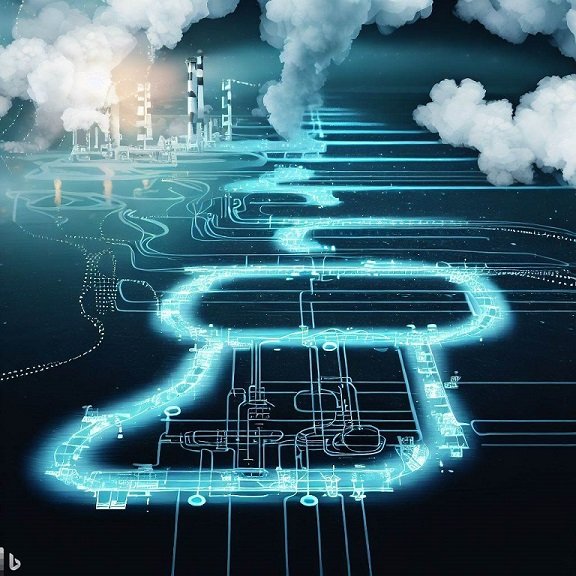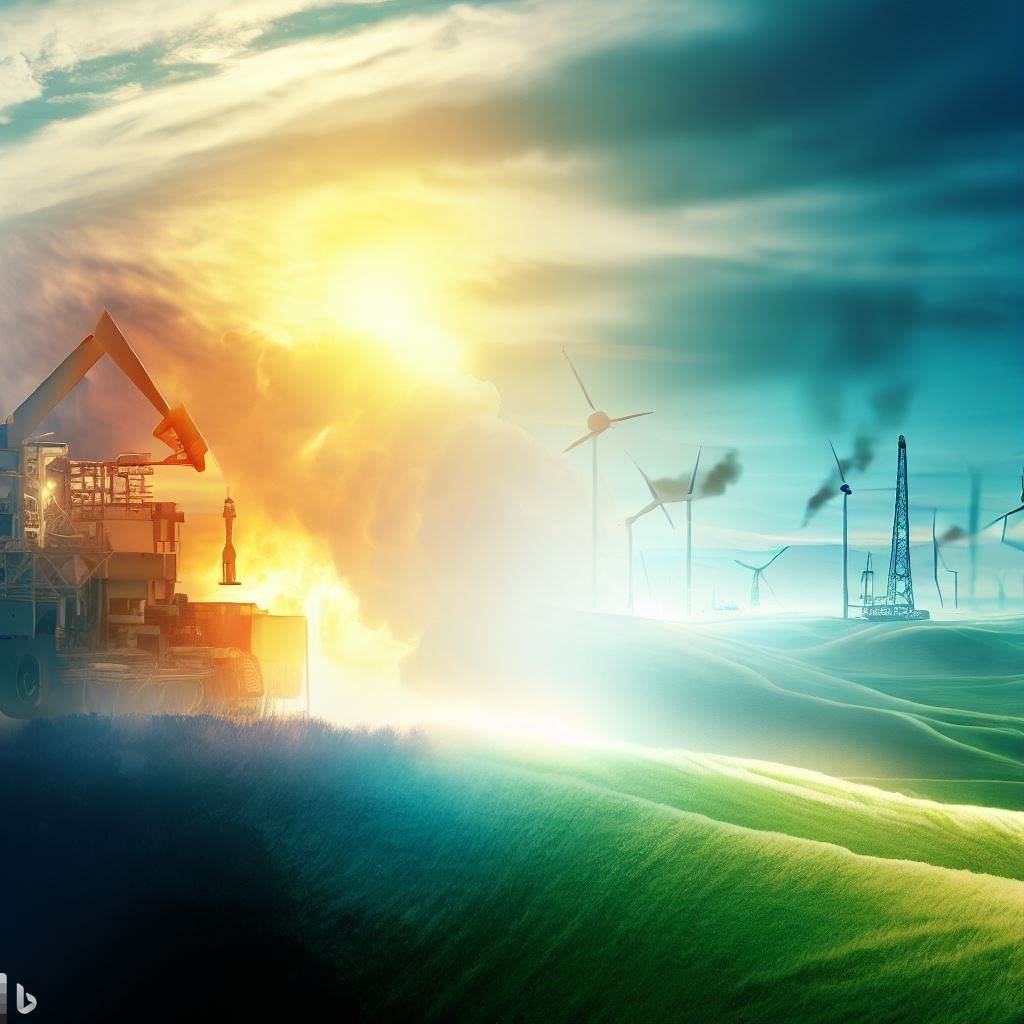The Role of AI in the Oil and Gas Value Chain - Carbon Reduction and Sustainable Development
Part 2 of this series explored how artificial intelligence (AI) contributes to the “midstream” and “downstream” oil and gas sectors by optimizing operations, enabling predictive maintenance, ensuring asset integrity and safety, enhancing energy efficiency, optimizing supply chain processes, and providing decision support and risk management capabilities. The third and final part of this series focuses on AI’s pivotal role in driving carbon abatement and fostering sustainable development in the oil and gas industry.
The AI revolution has opened a new avenue for oil and gas companies to identify the sources and drivers of CO2 and GHG emissions (their own as well as those of suppliers and customers), reduce energy consumption, and optimize the energy efficiency of their operations.
The decarbonization process for oil and gas companies begins with using AI-sensing tools that can be used to establish baselines for scopes I, II, and III emissions; and then identify the most effective abatement initiative/s by simulating and quantifying their impact; whilst considering asset or project-specific constraints, financial impact, regulatory requirements, and operational constraints. AI-thinking tools can then suggest an optimal strategy for reducing emissions that oil and gas companies can use to develop an actionable emissions-reduction roadmap for each asset.
AI-Driven Process Optimization: Real-Time Emissions Reduction
Finally, the strategy can be put into practice with AI-acting tools using process optimization to generate the desired emissions reductions in real-time, in addition to managing asset emissions and directly monitoring them.
A large amount of energy is consumed to heat oil and to support a cracking unit in the refinery process, for example.
This internal use of energy (whether produced on-site or purchased) accounts for ~80% of the scope I and scope II GHG emissions for most oil and gas companies. Forecasting this energy use, along with identifying the underlying levers to reduce GHG emissions is a key component in decarbonizing projects.
AI technologies also enable oil and gas companies to optimize their upstream or downstream operations for energy efficiency and emissions improvements and still meet production targets.
In most cases, energy efficiency improvements using AI and machine learning technologies require minimal capital investments and the gains can be achieved within a short period.
Tailored AI technologies designed specifically for oil and gas operations are currently being developed and implemented. By harnessing the power of data analysis, these technologies analyze operational regimes, predict energy usage, and provide valuable support to process engineers in optimizing energy consumption and mitigating greenhouse gas emissions.
These technologies consider various components and targets, such as throughput, production yields, and unit settings like temperature set points. They intelligently identify optimal configurations and operational strategies while testing new approaches to maximize efficiency and minimize environmental impact.
AI Empowering Energy Transition: From Sustainable Oil and Gas to Hydrogen and Beyond
Beyond sustainable oil and gas operations, AI can help companies to scale their ambitions in new markets such as hydrogen, carbon capture and storage (CCS), electricity grid management, and renewable electricity generation.
An example of AI use in hydrogen production is the Orkney Hydrogen project in Scotland, UK, which uses real-time AI software to optimize hydrogen production and storage at the European Marine Energy Centre (EMEC)ⁱ.
The project runs on an AI-powered hydrogen management platform called HyAI, which uses ML and optimization algorithms to make intelligent data-driven decisions to ensure system safety, reliability, and identify cost-effective times for hydrogen generation and storage. HyAI is in its trial phase and aims to control hydrogen production in real-time by combining historical and forecasted data on the weather; renewable generation sources, including wind and tidal energy; and hydrogen storage capacity and electricity prices.
Moreover, AI technologies can also be used in electricity grid management, for intelligent networking of electricity consumers and generators. With increasing intermittent renewable generation and decentralization of the electricity grid, it is becoming more difficult to balance the electricity grid with vast pools of data on generators and consumers, which AI technologies can help evaluate and analyze quickly and efficiently.
AI technologies can detect real-time anomalies in weather, base and peak electricity demand, storage, and transmission, which ultimately encourages the integration of new renewable energy capacities. Similarly, electricity traders could also use the data on these variables to help improve their forecasts.
AI technologies therefore can be crucial in transitioning oil and gas companies to low-carbon operations. They may be able to generate a competitive advantage in growth industries such as hydrogen, electricity grid management, and renewable electricity generation.
This marks the conclusion of our extensive exploration into AI's influence on the oil and gas value chain. I hope that you found this journey through such a dynamic and ever-evolving topic as enjoyable and thought-provoking as I did.
Stay tuned for future blog topics, and in the meantime, discover how Citation Manage™ can streamline your EHS compliance efforts and help you manage risk. Whether you're navigating co-generation facilities or engaging in upstream and downstream oil and gas development and refining, Citation Manage™ offers a simplified solution to ensure regulatory compliance and enhance operational efficiency.
Learn more about the platform and its features.
Appendix
i. H2GO Power to trial HyAI system at EMEC (https://www.theengineer.co.uk/content/news/h2go-power-to-trial-hyai-system-at-emec)


